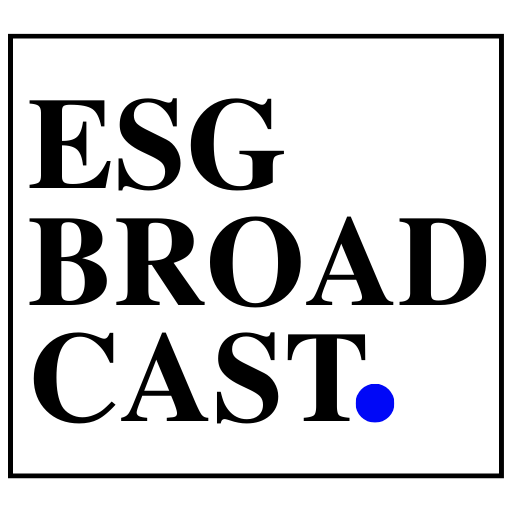As part of its rescue merger with UBS, Credit Suisse, one of the best financial services companies in the world, said on Sunday that the Swiss regulator has ordered that $17.24 billion in Additional Tier 1 bonds (AT1) debt be written down to zero.
Banks use AT1 bonds, which don’t have a set date for when they will mature and aren’t backed by anything, to increase their equity basis and follow Base III rules. During the global financial crisis, these bonds were put into place through the Basel agreement. As AT1 bonds become more popular with institutional investors, they are being added to more fixed-income portfolios around the world. Given that the economy is getting worse quickly and the market has been unstable lately, it may be harder for the bank to carry out the restructuring measures that management plans to announce. S&P Global said in October 2022, “We expect growing risks to Credit Suisse’s operations turnaround.”
On Oct. 6, 2022, S&P Global Ratings reaffirmed its ‘A/A-1’ long- and short-term issuer credit ratings for Credit Suisse AG, the main operating bank of the Credit Suisse group, and the group’s other core subsidiaries. S&P also kept Credit Suisse Group AG’s (the group’s holding company that doesn’t do any business) long-term issuer credit rating at BBB. All of the group members were given a negative outlook. However, S&P affirmed issue ratings on all senior unsecured, subordinated, and hybrid capital instruments issued by rated Credit Suisse group entities.
AT1 bonds put the risk on investors if the issuer’s capital cushion is worn down past a certain point. The Swiss Financial Market Supervisory Authority (FINMA) gave the order to write down the amount. This made it possible for Credit Suisse and UBS to merge. As a result, each Credit Suisse shareholder will get one UBS share in exchange for 22.48 Credit Suisse shares. This is called the merger consideration. All Credit Suisse claims are worth a total of CHF 3 billion because of this conversion factor.



